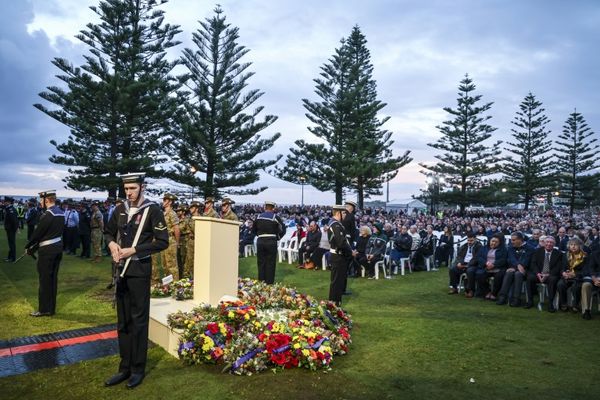Childcare in Australia is generally regarded as expensive.
And it’s true that prices charged by some centres, particularly long daycare centres, can be pretty steep, climbing to as much as A$200 per day or more in well-located parts of Sydney and Melbourne.
While those prices are indeed very high, they are not typical and don’t include the often substantial childcare subsidy that families earning up to $530,000 receive to offset those costs.
The Australian Competition and Consumer Commission’s childcare inquiry reported in September that an average family with two children in care five days a week faced out-of-pocket costs (fees minus subsidies) that amounted to 16% of its after-tax income.
This was much higher than the OECD average, which was 9%.
The ACCC calculation is based on what is called a hypothetical family, the same one used by the OECD to compare costs between nations.
That family has two children in long daycare five days a week and two adults working, each earning two-thirds of the average wage.
This month’s report of the the Women’s Economic Equality Taskforce discussed a similar hypothetical family with the same number of children in full-time care.
But, while useful to allow international comparisons using the OECD metric, in Australia that type of family is anything but typical.
Most families don’t have 2 children in care, full-time
What’s far more typical is one child in long daycare three days a week, with costs far lower than those of the OECD’s hypothetical family, and far lower than those heavily reported in the media.
Rather than examining the costs facing hypothetical families, it is possible to use the Australian National University’s PolicyMod microsimulation model to estimate costs as a share of income facing actual families.
PolicyMod uses data from the Australian Bureau of Statistics survey of income and housing which includes detailed information about childcare use. My team has updated this data using information from the department of education on childcare prices and the use of childcare by income.
Read more: As fees keep climbing, this is why competition isn’t enough to deliver cheaper childcare
We find that after the latest increases in the childcare subsidy in July, not even one in 50 families with at least one child in long daycare faces childcare costs of 16% of their household’s after-tax income or higher. That’s right: very few.
Three in ten families with children in care face childcare costs of less than 2% of their after-tax income. Six in ten pay less than 4%.
The average cost is 4% of after-tax household income.
The average cost for all families regardless of type of care used varies by income, from 2.5% of after-tax family income for families in the bottom quarter of earners to 4.6% for families in the top quarter.
The Australian Competition and Consumer Commission’s estimate is also dated (to allow comparison with other OECD countries) and so doesn’t include the recent increases to the subsidy introduced by the Morrison government or the recent substantial increase introduced by the Albanese government in July.
The Women’s Economic Equality Taskforce’s estimates of workforce disincentives also use subsidy rates that predate the recent very significant changes that are particularly beneficial to families with multiple children in long daycare.
PolicyMod suggests that in raw dollar terms, across all families with children in daycare the median (middle) cost is about $2,400 per year. Around one fifth of childcare families spend less than $650 and one fifth spend more than $6,900.
Some families pay a lot, most of them earn a lot
A very small proportion of Australian families have very high out-of-pocket costs.
They are generally very high income families, particularly those with multiple children in long daycare and those with children attending very expensive centres for four or five days a week in inner city locations which charge fees in excess of the $13.73 per hour cap on support.
It is beyond dispute that childcare prices have increased substantially over time, but most of that increase has been worn by the taxpayer rather than families using childcare.
Our modelling suggests that for most Australian families with children in care, out-of-pocket costs are relatively contained and not quite as substantial as some may have you believe.
Ben Phillips does not work for, consult, own shares in or receive funding from any company or organisation that would benefit from this article, and has disclosed no relevant affiliations beyond their academic appointment.
This article was originally published on The Conversation. Read the original article.







